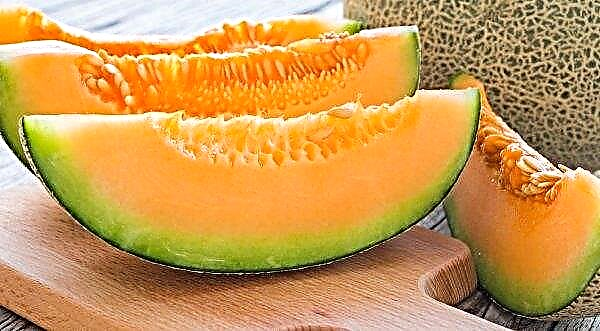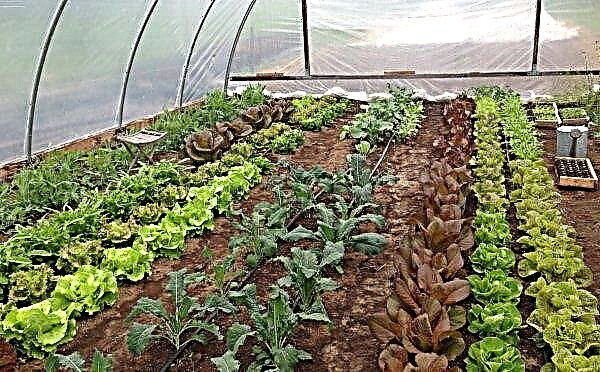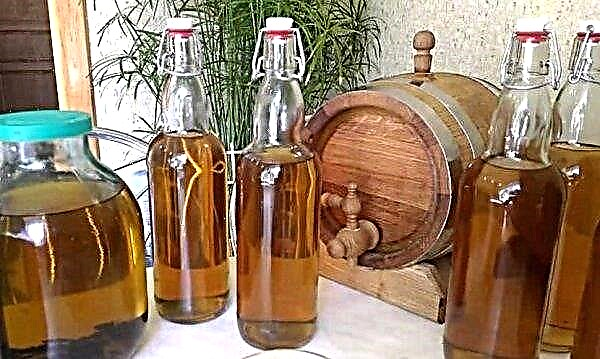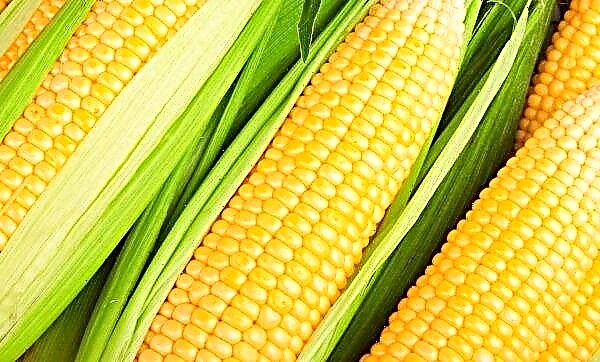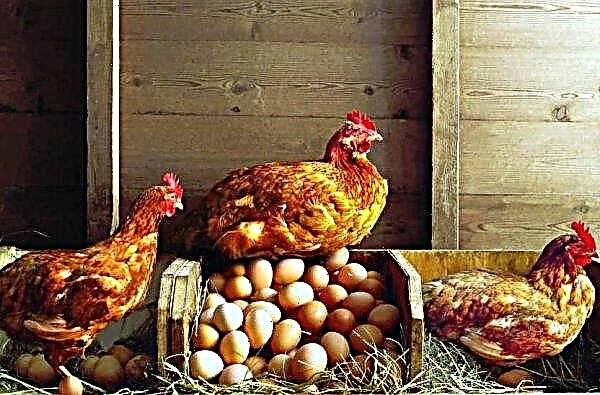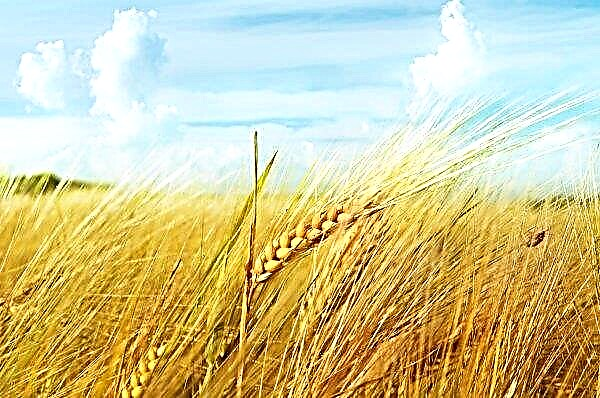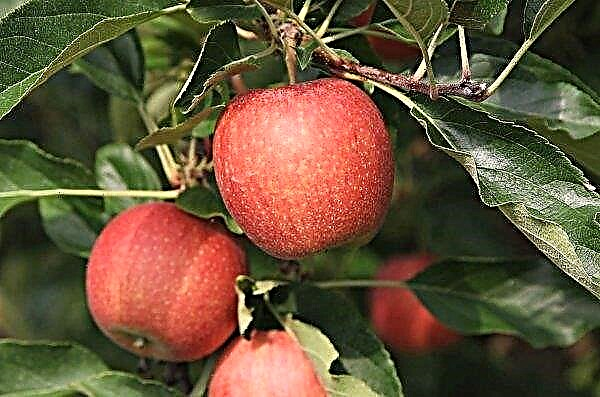Among a wide variety of hydrangeas, the Bretschneider variety, bred in China and transported to Europe, is becoming very popular. The main distinguishing feature of this flower is its quick adaptation to the harsh frosty climate, which is ideal for the northern regions of Russia. A more detailed description of a perennial ornamental plant is described later in the article.
Plant description
Bretschneider's hydrangea is a perennial shrub up to 4 m high and a crown diameter of up to 3 m. Dark green leaves have an ovoid shape, dentate edging, up to 12 cm long, located on short petioles, turn yellow-brown by autumn.
The flowers are collected in large umbrella inflorescences with a diameter of 12 cm, 400-500 pieces each; when blooming, they have a pale green color, turning over time to milky, and in autumn to purple. Abundant flowering occurs during the whole summer. Hydrangea begins to bear fruit and bloom from 5–6 years of age. It withstands frosts down to -30 ° C.
Important! If the bushes are watered with a solution of alum, then the flowers will turn blue.
In landscape design
Very often, gardeners use Bretschneider hydrangea both in single and in group plantings. It looks beautiful in the background, combined with shorter perennial ornamental plants (especially in the company of coniferous, evergreen shrubs, mountain ash, viburnum, hawthorn, etc.), in the form of a hedge. Dry bouquets are also created from inflorescences.
Landing
Bretschneider hydrangea can be planted with seeds or seedlings. For this, it is recommended to choose loose soil with good water permeability. Still the earth should have a weak level of acidity.
Did you know? In Japan, hydrangea symbolizes sincere feelings and warmth.
Seeds
It is not difficult to grow Bretschneider hydrangea seeds. It is only necessary to follow the recommendations of specialists.

They are as follows:
- seed is best bought at a specialized store or from trusted suppliers;
- they must be intact, solid, without signs of damage;
- You can sow seeds at any time of the year;
- first they need to be sprouted, rolled into wet gauze for several days before swelling;
- prepare the soil for sowing, consisting of peat, sand, humus, sod land in equal parts;
- Pour the soil mixture into the prepared containers and sow the seeds shallowly;
- cover with glass from above, periodically spraying the sprouts and monitoring the humidity of the earth;
- after the seeds germinate, the glass can be removed.
Sapling
Also, an effective result is the planting of Bretschneider hydrangea in the form of seedlings that must meet such requirements:
- plants must be healthy, with at least three shoots;
- the root system should be without signs of decay, not over-dried, about 30 cm long;
- seedlings with open roots should immediately be planted in a prepared place;
- Plants purchased in containers can be transplanted immediately into the open ground with an earthen lump.

Departure Dates
The best period for planting hydrangea is spring or autumn, depending on the region of growth. But experienced gardeners recommend planting flowers in the early spring, so that plants can adapt to new conditions over the summer and just get stronger. And they will be able to avoid the fast-coming wintering.
Did you know? Hydrangea is one of the few plants that can accumulate aluminum from acidic soil.
Seat selection
For optimal growth of Bretschneider hydrangea, you need to choose a suitable place. It should be well-lit, without direct sunlight, partial shade is allowed. It is also recommended to plant shrubs in areas protected from winds and drafts.
Soil preparation
Bretschneider's hydrangea is not too fastidious for the composition of the soil. But, in order to ensure abundant flowering and normal development of the shrub, one should choose fertile soil, loose and permeable, with a low level of acidity.
Planting pits need to be filled with a mixture of humus, chernozem, peat, sand in a ratio of 2: 2: 1: 1. Also add 1 tbsp. urea spoon, 1 tbsp. spoon of potassium sulfate, 60–70 g of superphosphate.

Landing algorithm
The very process of planting hydrangea seedlings in a permanent place consists of the following steps:
- Dig holes up to 50 cm deep and 40 cm wide.
- If the ground is not loose enough, pour a drainage layer of broken brick, expanded clay, etc. to the bottom of the pit.
- Pour the prepared soil mixture in the form of a tubercle into the depression.
- Cut the roots of the seedlings with a pruner.
- Set the sapling vertically on an elevation, spreading the root system evenly in different directions.
- Sprinkle on top with earth, tamp, deepening the root neck by 2-3 cm.
- Pour plenty of water.
- Cover the trunk area with mulch.

Care
After planting, you need to establish regular care for the plants. It consists of watering, fertilizing, pruning, warming for the winter, combating diseases and pests. These activities will help seedlings to take root and grow faster.
Watering and fertilizer
You need to water the plants with warm rain water, making sure that the earth does not dry out and there is no stagnation of moisture. On hot and dry days, watering should be increased. To retain moisture, it is recommended to mulch the earth around the flowers.
Hydrangea should be fed in the summer (June) using a solution of bird droppings diluted with water in a ratio of 1:10, as well as 20 g of superphosphate, 10 g of urea, 10 g of potassium nitrate. Reapply fertilizer every 2 weeks.
Did you know? At the end of summer, top dressing should be stopped so that shrubs can lignify by winter.
Pruning
Spring pruning should be performed during swelling of the kidneys. To form a bush, it is recommended to prune branches for 4–5 buds annually. In autumn, young shoots should be shortened by 4 buds in order to better tolerate wintering. At this time, it is necessary to trim dry inflorescences in old bushes.
Mulching and warming for the winter
Mulching the near-stem zone helps preserve moisture in the ground, protect hydrangea roots from overheating or overcooling, and prevent weed growth. It is good to use wood chips, bark, peat with a layer of up to 7–10 cm as mulch.
Important! You can trim the crown of the Bretschneider hydrangea from 3-4 years.
Warming plants for the winter is necessary after the appearance of the first night frosts. To do this, you need:
- to loosen the earth around shrubs and mulch;
- bend the stems to the ground and fill with leaves, sawdust, etc. from above;
- put a box or box on the bush.

Breeding
Bretschneider hydrangea propagated by several methods: using seeds, cuttings, dividing the bush. All of them give uneven germination, require little effort and time.
Seeds
You can sow seeds in May at home or in greenhouses. Seeds should be bought at a specialty store or collected from a faded plant. The first shoots appear 30 days after sowing. Each year they add up to 10-30 cm in growth.
Cuttings
The method of grafting is the most popular. For this, cuttings are harvested from April to July. Annual shoots up to 15 cm long are cut at right angles, soaked in a growth stimulator and planted in prepared soil, in small containers.
The distance between the plants should be 4–5 cm and 2 cm deep. Cover with a bag on top. After 2 weeks, the cuttings take root, and they are transplanted into separate pots, cutting off the tops.
Dividing the bush
Hydrangea still propagates by dividing the bush, which can be done in the spring and autumn. To do this, dig a plant, divide it into several parts (so that each part has a kidney that gives growth to a new shoot), plant it in different places.
Diseases and pests
Despite the resistance of Bretschneider hydrangea to diseases and pests, under adverse growing conditions, it can succumb to their harmful effects.
Among the most encountered enemies:
- leaf aphid - an insect that sucks juices from plant leaves. With a small lesion, it is enough to rinse the shrub under a powerful stream of water. In case of a large-scale disease, it should be treated with such drugs as Fitoverm, Iskra, Zubr, Aktarin, following the instructions attached to them;
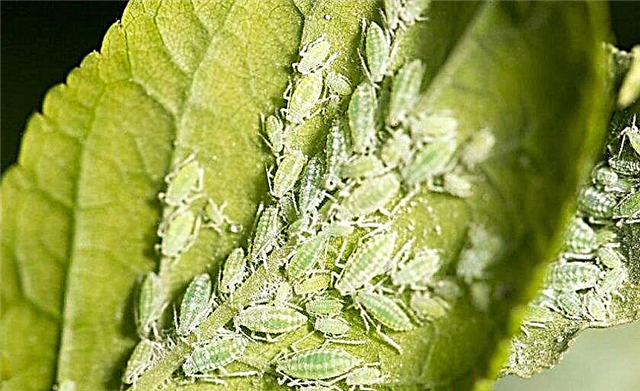
- spider mite - manifests itself in the form of small yellow spots on the leaves. For treatment, Thiophos, Akarin, and Lightning are used;

- slugs - parasites devouring plant foliage. They arise due to a dense planting and close arrangement of flowers next to each other. You can fight pests by scattering the drug "Molluscocide" on the ground;
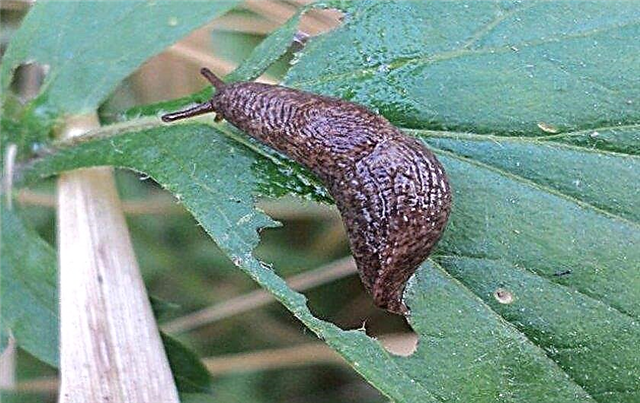
- chlorosis - a fungal disease caused by improper selection of a landing site (the land is rich in lime) and manifested by lightening of foliage. In this case, hydrangea should be poured with potassium nitrate, and after a couple of days with a solution of iron sulfate.
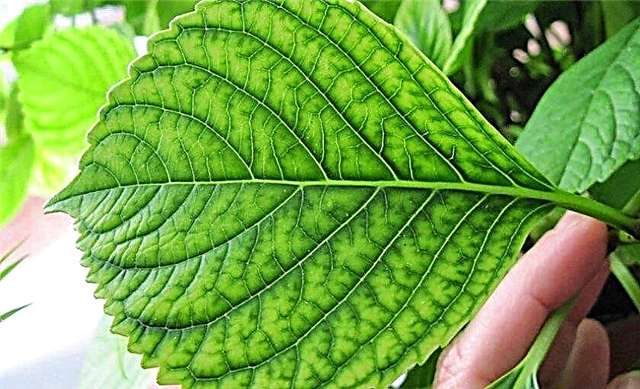
Hydrangea Bretschneider with its exotic appearance and long flowering will decorate any summer cottage. In order for the bush to look amazing, you need to adhere to the advice of experienced professionals.





